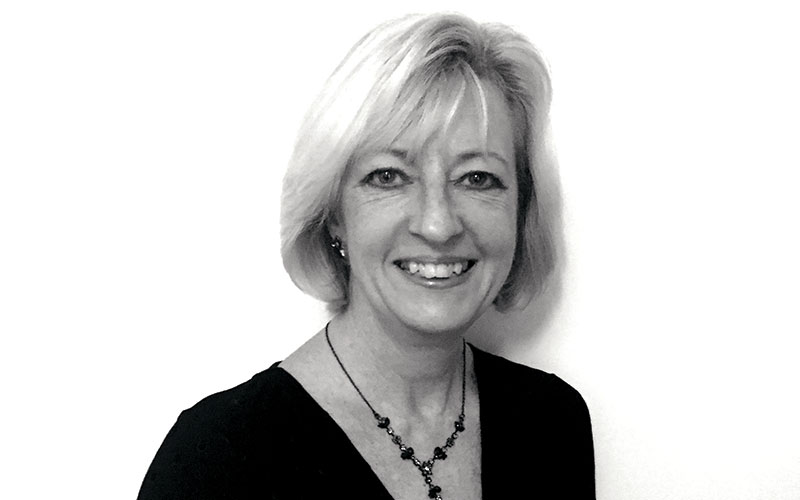With the commercialisation of genetic testing now with us, Sarah May looks at the potential and the ethics.

A cross the centuries, societies and individuals have had very particular views about the human body. From the ancient Egyptians, who preserved the body (of those with wealth and means) in preparation for its journey into the afterlife, to the infamous English 16th century punishment, which persisted until well in to the 18th century, of post-execution dissection. The punishment of “desecration” of the body after death was feared more than death itself, hence the reason why the early anatomists were viewed with a mixture of both fascination and revulsion.
Our relationship with the body has changed significantly over the centuries but there remains very differing views, both personal and religious, on its use and treatment both pre- and post-death.
A gift of life that is usually dependent upon a death. Many people would be willing to receive a donated organ if it held the potential to save their life, but a smaller number would be willing to offer their own or, more particularly, those of a loved one, regarding the removal of organs as a form of “desecration” of the body, or simply an abhorrence.
The 21st century is seeing the expansion of understanding of how our bodies work, which pales the early anatomical discoveries almost in to insignificance in terms of scale and impact. We are moving from the discovery of why death has occurred to the discovery of how death might occur; yes, I’m talking about genetic testing.
Barely a day goes by without news of another medical breakthrough or discovery made possible by our burgeoning knowledge of the human genome. Rather than bath salts or books, gene testing kits are now being advertised as the desirable novel gift for the curious; discover your ancestry, or unlock the secrets of your genes. What a potential Pandora’s box inside each of us; cancer, dementia, diabetes, baldness or bunions – the list of genetic possibilities with their varying likelihoods is endless, as is the combinations of contributory risks associated with lifestyle and other external factors.
As a scientist, I am struggling to reconcile my interest in, and respect for, scientific facts with a somewhat more visceral and fearful respect for the hidden programming of my genes. I think the benefits to understanding and hence enabling the “reprogramming” of faulty genes is nothing short of amazing. There is now immense hope for people afflicted with devastating genetic conditions, but I think that there are also huge ethical considerations, and not least an element of social responsibility, associated with the freely available online kits and testing services. Maybe I’m a coward, but I for one do not want to know my potential future if it is something I am powerless to stop or change. So, in the meantime, I’ll settle for the bath salts.
Sarah May
Deputy Chief Executive




